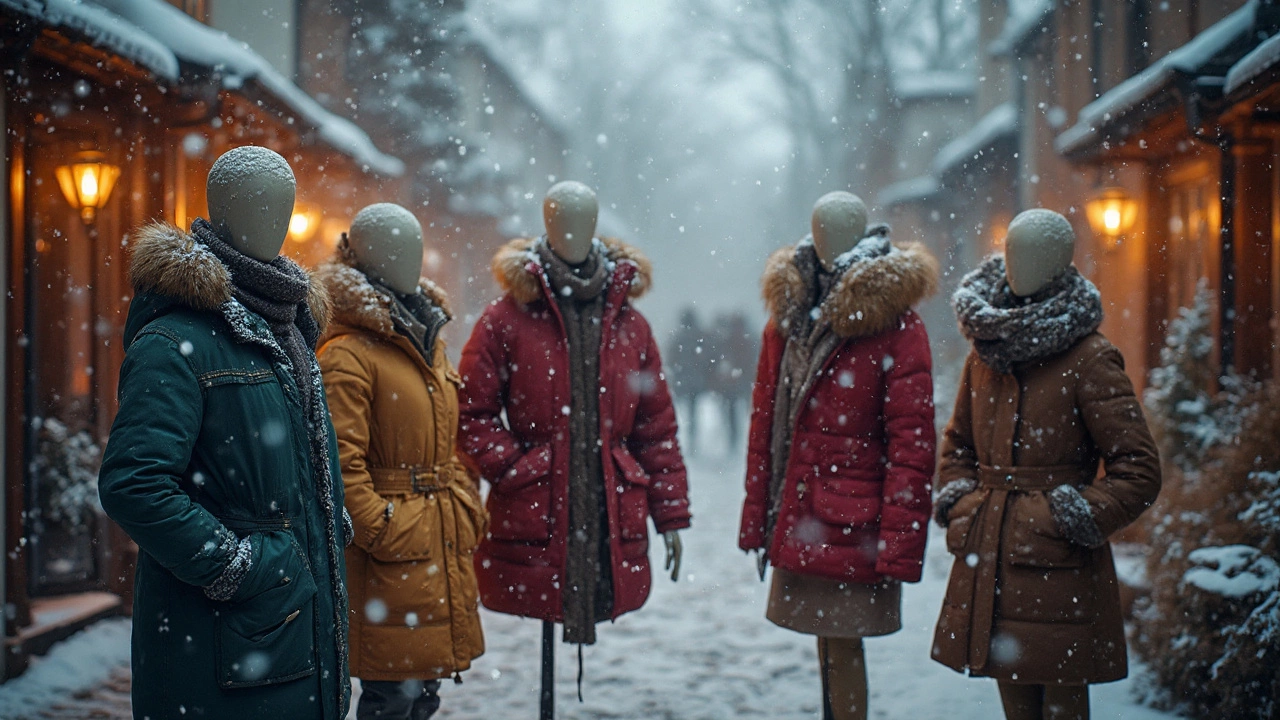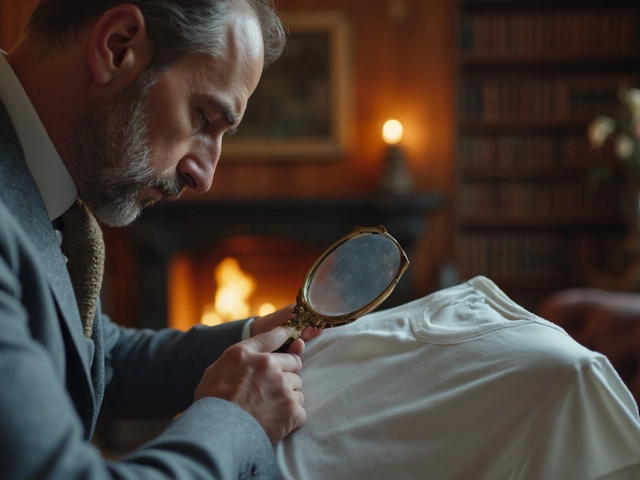Thick Warm Jackets: Stay Cozy When the Temperature Drops
If you’re shivering at the door every morning, a thick warm jacket is the first fix. It’s not just about looking good – it’s about trapping heat, blocking wind, and letting you move freely. In this guide we’ll break down what makes a jacket truly warm, how to pick the right fit, and why a handmade piece can be a smart investment.
What Makes a Jacket Truly Warm?
Warmth comes from three main things: insulation, outer fabric, and fit. Insulation can be natural down, synthetic fibers, or wool blends. Down is super light and packs small, but it looses heat when it gets wet. Synthetic fills stay warm even when damp and are easier to care for. Wool adds a bit of breathability and a classic look.
The outer fabric should be wind‑proof and water‑resistant. Many jackets use a tightly woven polyester or a treated cotton canvas. Look for a durable water‑repellent (DWR) coating if you’ll be caught in rain or sleet. A good outer layer stops cold air from sneaking in, so you stay warm without having to wear multiple layers.
Fit matters more than you think. A jacket that’s too tight squishes the insulation, letting cold spots appear. Too loose, and you create air gaps that let wind in. Aim for a snug shoulder and chest area with enough room to slip a thin sweater underneath. Some designs include a drawstring or adjustable cuffs to seal out drafts.
How to Choose the Right Thick Jacket for You
First, think about when and where you’ll wear it. If you need a commuter jacket that can handle rain, pick a synthetic‑filled, waterproof model with a high collar. For weekend hikes, a wool‑blend with a drawstring waist gives extra warmth and flexibility.
Next, consider style. A classic pea coat, a modern bomber, or a long trench all can be built with thick insulation. Choose a cut that matches your everyday wardrobe so you’ll actually wear it. A neutral colour like charcoal, navy, or olive works with most outfits, while a bold hue can become a statement piece.Handmade jackets deserve a special look. Local designers often use high‑quality fabrics and pay attention to stitching details that mass‑produced items miss. Because each piece is crafted in small batches, you get a better fit and a story behind the garment. At Handmade Designs Elgin you can try on several options and get advice on layering – like pairing a thin merino sweater under a thick jacket for extra heat without bulk.
Care is simple but essential. Most synthetic jackets can be tumble‑dried low to restore loft. Wool needs gentle hand‑washing or a dry‑cleaner that respects the fibers. Store your jacket on a wide hanger to keep the shoulders from collapsing, and give it a quick brush to remove surface dirt before the next wear.
Finally, test it out. Walk around the store, lift your arms, and feel the weight. A good thick warm jacket should feel protective, not like you’re carrying a brick. If it makes you want to hug yourself, you’ve found the right one.
With the right insulation, a wind‑proof shell, and a fit that lets you move, a thick warm jacket becomes your go‑to piece for chilly days. Whether you buy a ready‑made option or a handcrafted gem from local designers, you’ll stay comfortable, stylish, and ready for whatever cold weather throws at you.

What is a Thick Warm Jacket Called? Discover Your Options
Looking for a warm jacket to brave the cold? This guide covers the different types of thick jackets, like parkas and down jackets, that promise to keep you cozy. Find out what makes these jackets unique and how to choose the right one for those frosty days. Plus, get tips on materials and features that enhance warmth and comfort. Stay warm and stylish during the chilly months with the right outerwear.




